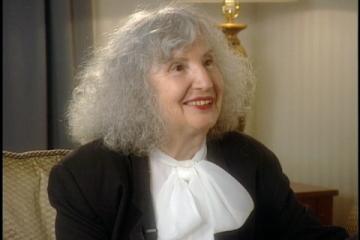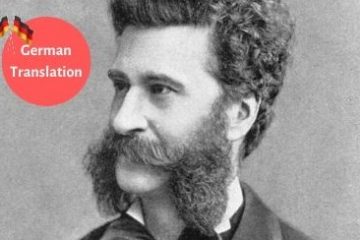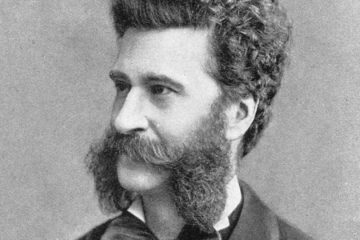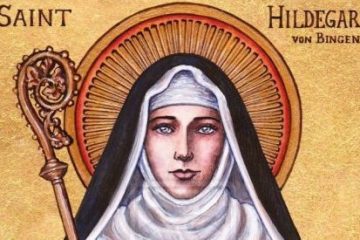Blogs
Ruth Schönthal ‘Sonata Concertante’: Clever Clarinet
Ruth Schönthal: Sonata Concertante Context Originally written to be played on either a cello, viola or clarinet, Ruth Schönthal’s Sonata Concertante was composed in 1973. Now fondly remembered as a work for clarinet and piano, that is the version this blog will discuss. There aren’t many records regarding this work, Read more…



